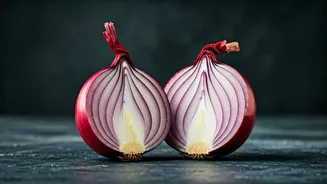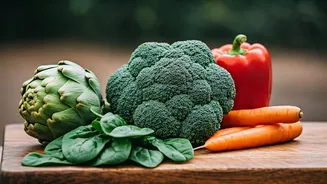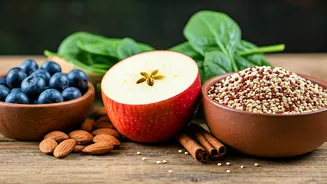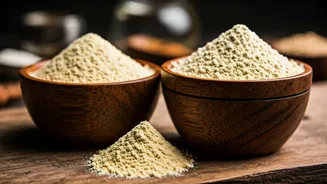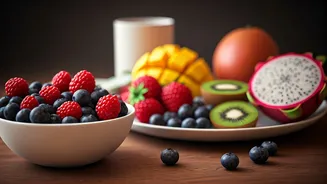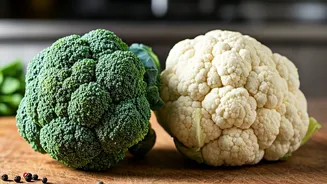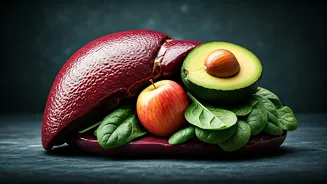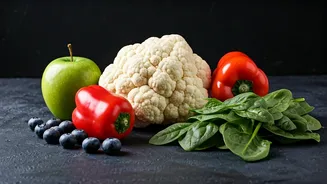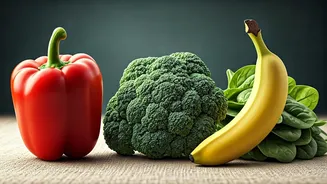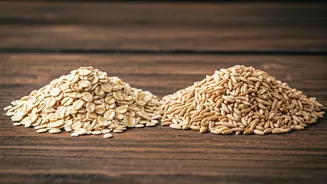Onions: Nature's Superfood
Onions, often overlooked, are a powerhouse of health benefits. They are particularly effective in combating inflammation, a root cause of many health problems.
Both Desi and red onions, commonly used in Indian cuisine, possess these beneficial properties. The key lies in understanding their specific advantages and how to best incorporate them into your diet. Incorporating onions into your meals is not just about adding flavor; it's about making a conscious choice to support your body's natural defenses. The compounds within onions actively work to reduce swelling and irritation, potentially lessening the risk of chronic diseases. With their versatility and ease of use, onions can become a vital part of your everyday wellness strategy.
Desi vs. Red Onions
When it comes to choosing between Desi and red onions, both offer significant health benefits, especially in reducing inflammation. Desi onions, often characterized by their strong flavor, are a staple in many Indian dishes. They are rich in various compounds that aid in reducing inflammation. Red onions, with their milder taste and vibrant color, also contain potent antioxidants and anti-inflammatory substances. The choice between them often comes down to personal preference and the specific needs of your recipe. For those seeking a stronger flavor and perhaps a slightly more intense anti-inflammatory effect, Desi onions might be preferable. If a milder taste and versatility are desired, red onions can be a great option. Both are good choices for reducing inflammation and boosting overall health.
Preparing for Maximum Impact
Proper preparation is key to unlocking the full health benefits of onions. Begin by selecting fresh, firm onions, avoiding those with soft spots or sprouts. The method of cutting and cooking can affect the release and preservation of beneficial compounds. Consider chopping onions just before cooking to minimize nutrient loss. Raw onions retain more of their anti-inflammatory properties. When cooking, avoid overcooking, as high heat can degrade some of the beneficial compounds. Slow cooking methods, such as sautéing or simmering, can often preserve more of the nutritional value. Experiment with different preparations – adding them raw to salads, lightly grilling them, or incorporating them into stews. The goal is to make the most of their health-promoting capabilities.
Optimal Storage Techniques
Proper storage is crucial for maintaining the freshness and nutritional value of onions. Store whole, uncut onions in a cool, dry, and well-ventilated area. Avoid storing them in the refrigerator unless they are already cut, as this can affect their texture and flavor. Ideal storage locations include a pantry or a cool, dark cupboard. Once cut, onions should be stored differently. Wrap cut onions tightly and refrigerate them; using an airtight container is a good idea. Use cut onions within a few days to maintain their quality and nutritional content. Onions also absorb odors from the environment, so ensure they are stored away from strong-smelling foods. Following these guidelines ensures that you can always access fresh, nutritious onions ready to enhance your meals and boost your health.
